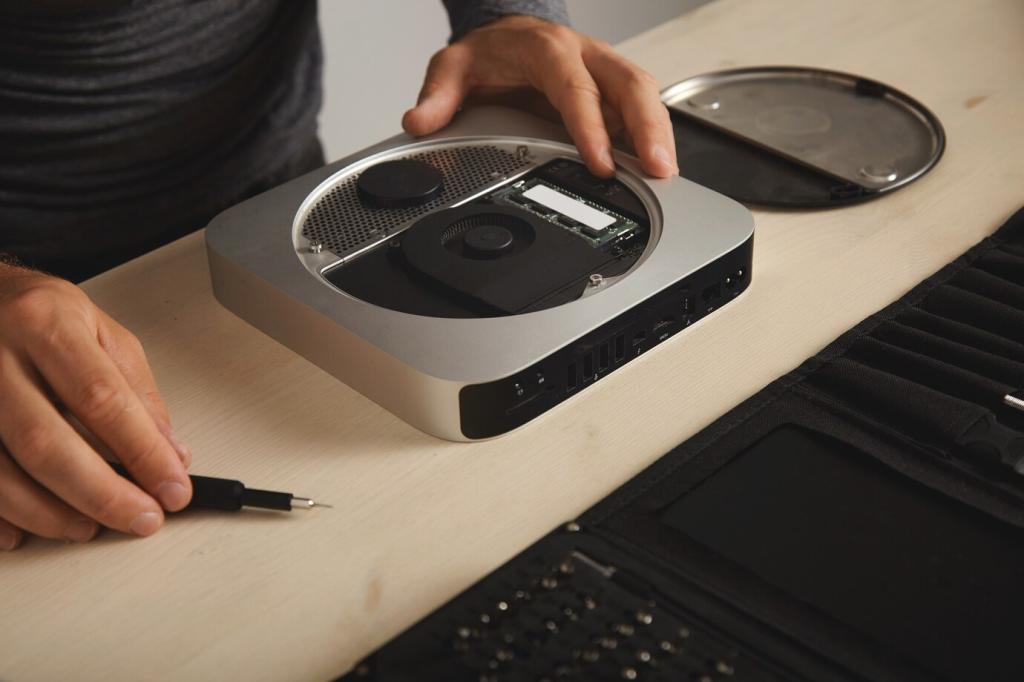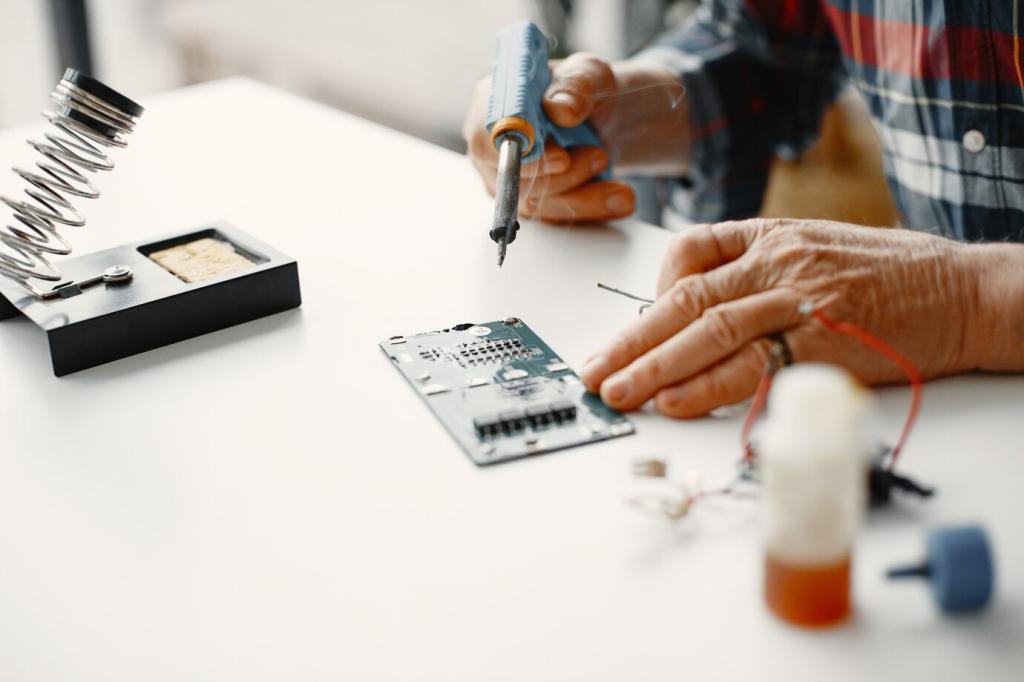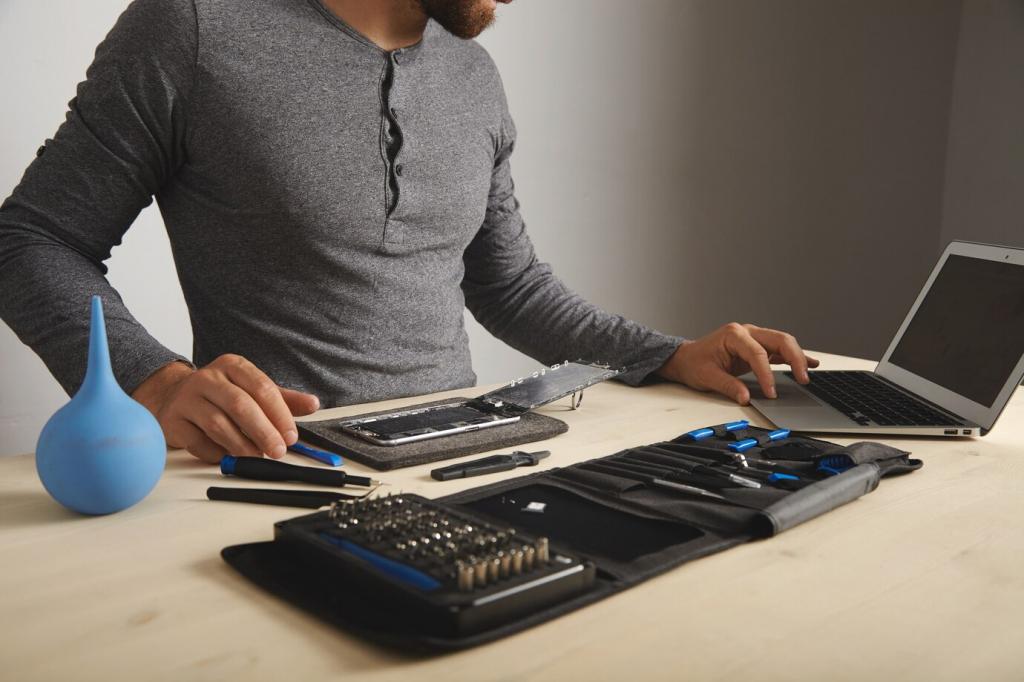Mini Automation: Watering a Plant Gently
Combine a capacitive moisture sensor, a small pump driven by a MOSFET or relay, and separate power for motors. Use a flyback diode, set a moisture threshold, and log events. Post your wiring diagram, and we’ll suggest tweaks to keep the controller cool and quiet.
Mini Automation: Watering a Plant Gently
Add hysteresis so the pump doesn’t chatter, require a minimum pause between waterings, and stop early if moisture rises fast. Your plant is a partner, not a test subject. Name your plant in the comments, and share how its leaves look after a week of gentle care.







